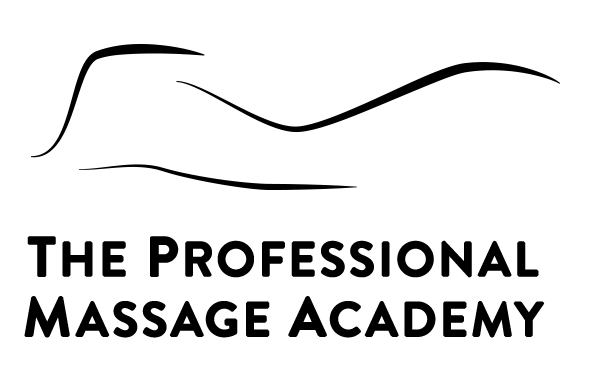The landscape of professional education is rapidly evolving, and massage therapy training is no exception. As working professionals, parents, and career changers seek flexible pathways to enter the wellness industry, hybrid learning models are emerging as the gold standard for massage therapy education. By combining the convenience of online theory with essential hands-on practice, these programs are breaking down traditional barriers and making quality education accessible to a broader range of students.
The Power of Flexibility Without Compromise
Traditional massage therapy programs often require students to commit to rigid schedules that can be impossible to navigate alongside work and family responsibilities. Hybrid learning changes this equation entirely. Students can absorb theoretical knowledge—from anatomy and physiology to ethics and business practices—at their own pace and on their own schedule, while still receiving the crucial hands-on training that makes massage therapy effective.
This approach recognizes that adult learners bring unique challenges and strengths to their education. They may have limited time during traditional school hours, but they often possess strong motivation, life experience, and clear career goals that help them succeed when given the right learning environment.
Real Success Stories from Real Students
The effectiveness of hybrid massage therapy education isn’t just theoretical—it’s proven by the experiences of students who have successfully navigated these programs while managing complex life situations.
Makayla Goedker discovered the transformative power of self-paced learning when she completed her massage therapist program in under a year while maintaining a full-time job and caring for two young children. “This program is self-paced so you finish upon your own pace,” she explains. What impressed her most was the quality of the hands-on component: “The best thing I liked about this program was the fact that you got to do hands on training at massage envy. The training staff were very down-to-earth and welcoming, gave feedback and constructive criticism.”
The Best of Both Worlds
What makes hybrid learning so effective for massage therapy is how it leverages the strengths of both online and in-person education. Online components excel at delivering information that students need to understand and remember—muscle groups, contraindications, business practices, and regulatory requirements. Students can review materials multiple times, pause to take notes, and study during hours that work for their schedules.
Meanwhile, hands-on training sessions focus on what can only be learned through practice: proper body mechanics, pressure techniques, client communication, and the subtle art of therapeutic touch. These sessions are typically more intensive and focused than traditional classroom time, as students arrive already equipped with the theoretical foundation they need to make the most of hands-on practice.
Dallas McNamara’s experience highlights another key advantage of quality hybrid programs—the depth of instruction and genuine care for student comprehension. Dallas praised lead instructor Tanya for “always going above and beyond to help her students” and notes that “She’s great with communication and making sure that you are really comprehending what’s being taught and not just rushing through things.”
Meeting Students Where They Are
The hybrid model acknowledges that today’s massage therapy students aren’t fresh high school graduates with unlimited time and flexibility. They’re career changers, parents returning to work, and professionals seeking additional income streams or entirely new paths. These students need education that adapts to their lives, not programs that require them to abandon their existing responsibilities.
This approach also tends to attract highly motivated students who are serious about their career goals. When someone is willing to balance online coursework with family and work responsibilities, they typically bring a level of commitment and focus that benefits both their own learning and the overall classroom environment during hands-on sessions.
Looking Forward
As the wellness industry continues to grow and evolve, the demand for skilled massage therapists shows no signs of slowing. Hybrid education models are not just meeting current needs—they’re preparing the massage therapy profession for the future by making quality education accessible to a more diverse range of students.
The success stories from students like Makayla, and Dallas demonstrate that when hybrid programs are designed thoughtfully—with strong online components, quality hands-on training, and instructors who genuinely care about student success—they can deliver outcomes that rival or exceed traditional educational models.
For prospective massage therapy students juggling multiple responsibilities, hybrid learning isn’t just a convenient alternative—it’s often the only realistic path to achieving their career goals. As more programs adopt this model and refine their approaches, hybrid learning is poised to become the standard rather than the exception in massage therapy education.
The future of massage therapy education is flexible, comprehensive, and designed around the realities of modern life. For students ready to embark on this rewarding career path, hybrid learning offers the best of both worlds: the convenience they need and the quality education they deserve.


Recent Comments